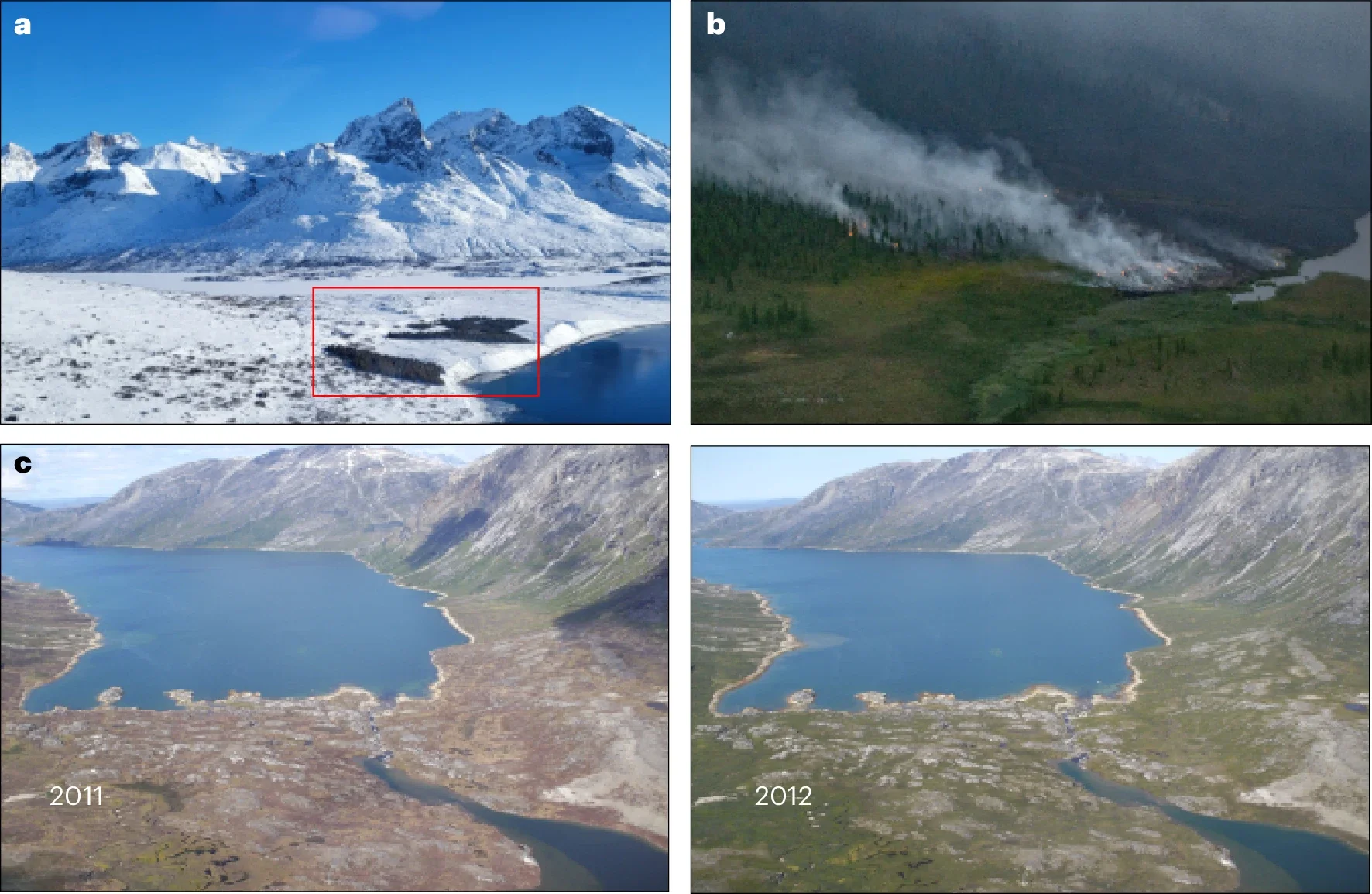Tree planting has been championed globally as a cost-effective strategy to mitigate climate change. Trees are celebrated for their ability to absorb carbon dioxide from the atmosphere, promising a solution to global warming. However, planting trees in the wrong places may not only fail to address climate change but could exacerbate it.
Research published in Nature Geoscience highlights that afforestation at high latitudes, such as the Arctic, could have dire consequences.
Arctic soils store more carbon than all vegetation on Earth, making them vital in regulating global carbon cycles. However, these soils are exceptionally fragile. Activities like cultivating land for forestry or the penetration of tree roots can disturb these ecosystems, potentially releasing vast amounts of stored carbon back into the atmosphere.

Assistant Professor Jeppe Kristensen from Aarhus University explains, “The semi-continuous daylight during spring and early summer, when snow is still present, makes the Arctic’s energy balance highly sensitive to surface darkening. Trees, being green or brown, absorb more sunlight than reflective white snow, thus warming the region.”
Moreover, Arctic regions face frequent natural disturbances such as wildfires and droughts. Climate change has intensified these disturbances, posing significant threats to tree survival. Homogeneous tree plantations are particularly vulnerable.
As Kristensen notes, “This is a risky place to be a tree, especially when disturbances can release stored carbon back into the atmosphere within decades.”
Related Stories
The climate debate has long centered on carbon emissions. Burning fossil fuels releases greenhouse gases, trapping heat in the atmosphere and driving global warming. However, researchers argue that in the Arctic, the albedo effect—the reflection of sunlight back into space—plays a more critical role in regulating Earth’s energy balance.
High-latitude ecosystems, like tundra and mires, have evolved to reflect sunlight effectively. Replacing these reflective landscapes with darker tree canopies alters the albedo effect, converting more sunlight into heat.
“At high latitudes, how much sunlight is reflected back into space is more important than carbon storage for the total energy balance,” says Kristensen. This shift in energy dynamics undermines the perceived benefits of tree planting in these regions.

Tree planting initiatives at high latitudes illustrate the complexities of nature-based climate solutions. Senior author Professor Marc Macias-Fauria of the University of Cambridge’s Scott Polar Research Institute emphasizes the need for a broader perspective. “A holistic approach is imperative if we’re going to make a difference in the real world,” he states.
While planting trees may address timber shortages, such initiatives should not be conflated with climate mitigation. According to Macias-Fauria, “Forestry in the far North should be treated like any other production system, compensating for its negative impacts on the climate and biodiversity. Selling northern afforestation as a climate solution only deceives ourselves.”
Researchers propose an alternative strategy: supporting sustainable populations of large herbivores like caribou. These animals play a crucial role in maintaining Arctic ecosystems. By grazing on vegetation, they help keep tundra landscapes open, preserving the albedo effect. Additionally, their foraging habits modify snow cover, reducing insulation and slowing permafrost thaw.

“There is ample evidence that large herbivores can affect plant communities and snow conditions in ways that result in net cooling,” says Macias-Fauria. Beyond climate benefits, these animals support biodiversity and serve as a fundamental resource for local communities.
Effective climate solutions must prioritize the needs of the people living in these fragile ecosystems. As Macias-Fauria concludes, “Biodiversity and local communities are not an added benefit to nature-based solutions; they are fundamental. Any such solutions must be led by the communities who live at the frontline of climate change.”
Note: Materials provided above by The Brighter Side of News. Content may be edited for style and length.
Like these kind of feel good stories? Get The Brighter Side of News’ newsletter.
The post Could planting trees in the Arctic solve global warming? Surprising answer! appeared first on The Brighter Side of News.
Leave a comment
You must be logged in to post a comment.